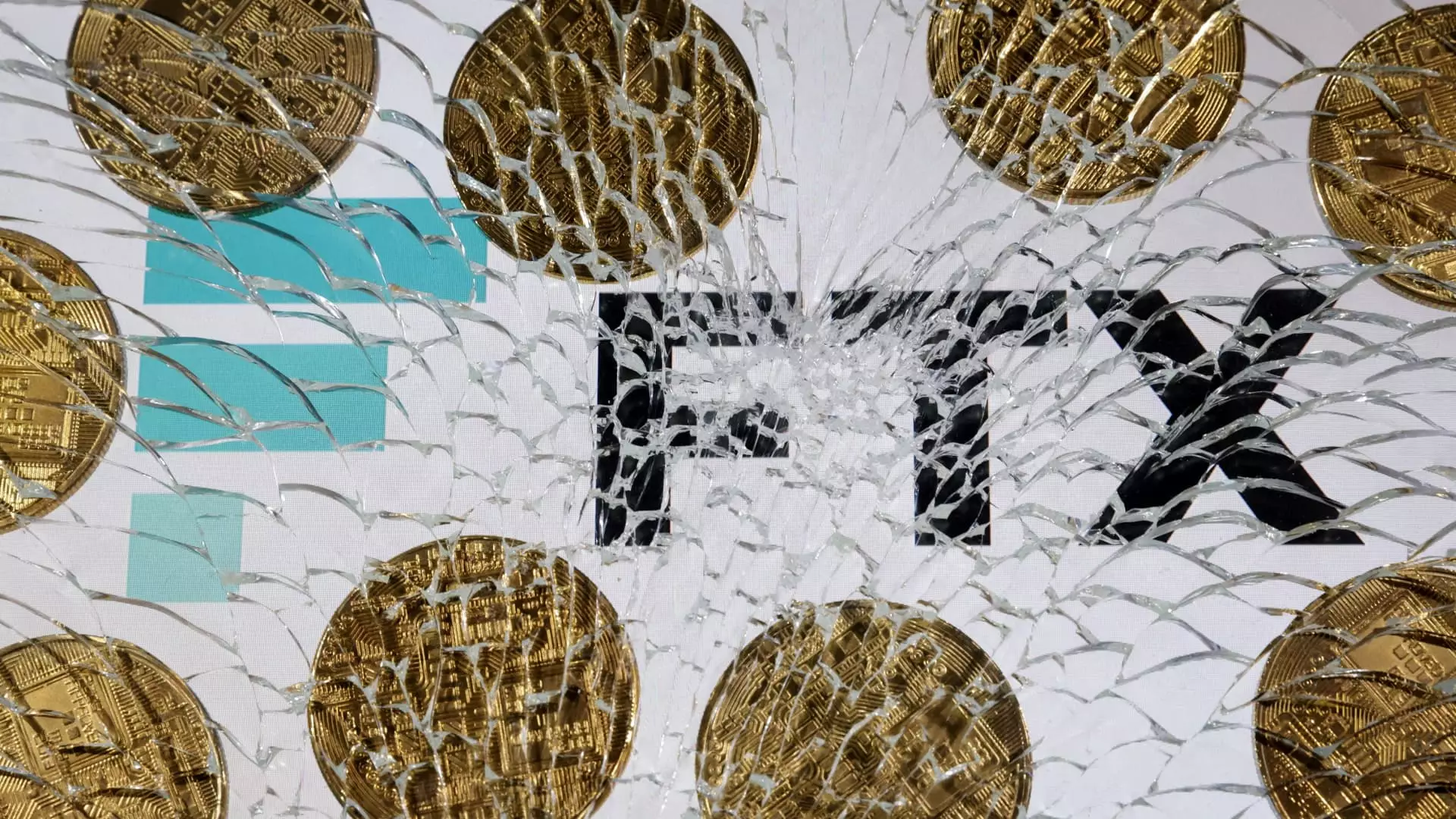The tumultuous journey of FTX, a cryptocurrency exchange that once dominated the market, has taken a significant turn nearly two years after its dramatic collapse. With the approval of a reorganization plan by a Delaware judge, the firm is set to return over $14 billion to its creditors. This decision marks a pivotal moment in the landscape of financial accountability and recovery in the digital currency sector. As FTX strives to mend its reputation and restore trust, the implications of this historic bankruptcy case resonate deeply throughout the financial community.
John Ray, who stepped in as CEO post-bankruptcy, has outlined an ambitious roadmap for recovery. With experience leading the restructuring of Enron, Ray is no stranger to navigating complex financial upheavals. He emphasizes that the efforts to repay creditors are unprecedented, aiming to deliver not just the principal amounts owed but also interest to non-governmental creditors. This goal aligns with the ethos of maintaining integrity and fairness in the aftermath of FTX’s insolvency.
The reorganization plan approved by Judge John Dorsey has revealed staggering figures that unveil the scale of FTX’s predicament. With total creditor liabilities estimated at around $11.2 billion, the bankruptcy estate has managed to amass assets potentially worth between $14.7 billion and $16.5 billion. Such a substantial collection of funds signals a careful strategy employed by the estate, allowing for the possibility of returning an impressive 119% of the creditors’ claims. This aspect of the plan undoubtedly comes as a relief to stakeholders who had previously been left in uncertainty.
Moreover, it is worth noting the remarkable rebound in the cryptocurrency market since FTX’s decline. Bitcoin’s price has surged approximately 260% during this period. This recovery not only reflects the resilience of the cryptocurrency sector but also plays a vital role in boosting the assets available for redistribution to FTX’s creditors. With the cryptocurrency market’s fluctuation, FTX’s strategic liquidation of assets, including its stakes in high-value investments like artificial intelligence firm Anthropic, has proven beneficial in securing liquidity.
As FTX gears up to execute its payout plan, the anticipation surrounding the timing of these distributions looms large. The bankruptcy estate has promised further communication about when creditors can expect to receive compensation—a crucial promise that underscores their commitment to transparency. However, amid the optimism, lingering shadows remain, primarily due to the conviction of FTX’s original founder, Sam Bankman-Fried. His 25-year sentence for fraudulent actions not only destabilized FTX but also served as a valuable lesson about the dire consequences of mismanagement in the fast-paced world of cryptocurrency.
The reorganization of FTX is a compelling case study in resilience and accountability in the cryptocurrency arena. As the company seeks to chart a new course, the focus now shifts to how effectively it can fulfill its promises to creditors and how it can learn from its past missteps. This journey toward recovery is not just about financial restitution; it is about restoring faith in a sector at the forefront of innovation and risk.

